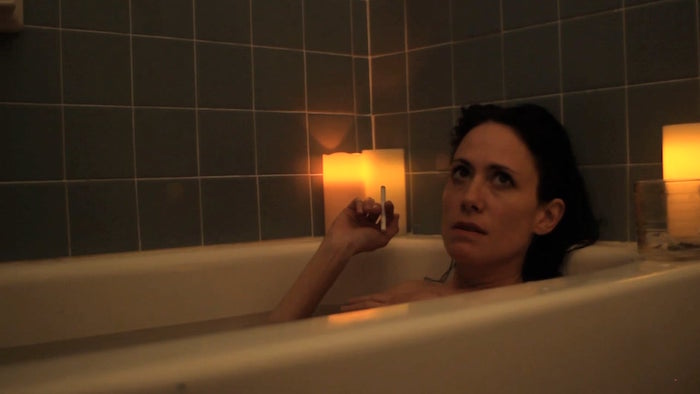
Courtesy photo.
Picture a career full of hugs, finger paint and playing dress-up. Then imagine the rewards of teaching high school students about the wonders of child development. Finally, visualize the privilege of being able to educate adults to be better parents.
As director of the San Marcos Parent-Child Workshop, Bea Hamlin has had the multiple pleasures of that job since 1969.
Hamlin, who will retire at the end of the school year, recently reflected on her years at the cooperative preschool, the only one of its kind to serve as a working laboratory for high school students studying child development.
“It’s not a job for sissies,” laughed Hamlin, who started with the program in 1967 as a parent, with her daughter, Julia, attending the preschool.
One of the most rewarding things has been watching her students grow up.
“It’s amazing. People end up in all kind of fields and in sports,” she said, citing Dos Pueblos swimmers Rachel Rys and Michael Bowen and coach Danelle Little, all of whom she taught in preschool.
The co-op parents have also stayed active.
“They have been … the yeast for lots of good things in the community,” she said.
“If they’re that involved, then they’re probably going to be involved for a long time.”
Co-op parents — who are enrolled in a Wednesday night adult education class that Hamlin teaches at Santa Barbara City College, and also teach at the preschool one day a week — are known as great volunteers in the community.
“We train them early,” she said.
And she must have trained them well. Former parents, preschoolers and high schoolers alike had nothing but praise for “Teacher Bea,” as she’s known on campus.
“Teacher Bea encourages us all to grow and learn, to spread our wings and dance, fly, wander, stop here, investigate there and thoroughly love this process of life with small butterflies,” was one of the tributes honoring Hamlin at a recent school fund-raiser.
“Bea Hamlin is so delightful personally — a warm and wonderful woman who has dedicated herself to helping parents understand, appreciate and raise their children within a happy family to become self-fulfilled and confident adults,” said Anne Cameron, SBCC director of educational programs, and Hamlin’s supervisor.
“I simply adore her.”
Lea Blackburn, director of SBCC’s Kinko’s Early Learning Center, will become the new San Marcos director in the fall, Cameron said.
Q&A with Bea Hamlin
What was the hardest lesson YOU’VE HAD TO learn? Trial by fire when I first started. I had just come from being a parent in the group and assumed the directorship, and I think that having people’s impression of me changing from parent to teacher was very difficult.
NAME one crazy moment: The day someone brought a goat for show-and-tell. We had two baby goats, and I didn’t realize they were going to eat everything in sight. … I can still see that — the day the goats visited.
What would the title of your autobiography be? Are We There Yet?
RECALL one treasured memory: The way all the parents supported me after my house burned down in the Painted Cave Fire … It was such an amazing thing.
NAME three of your heroes: Marion Wright Edelman of the Children’s Defense Fund, Mr. Rogers … for his gentle ways, and Yo Yo Ma.


